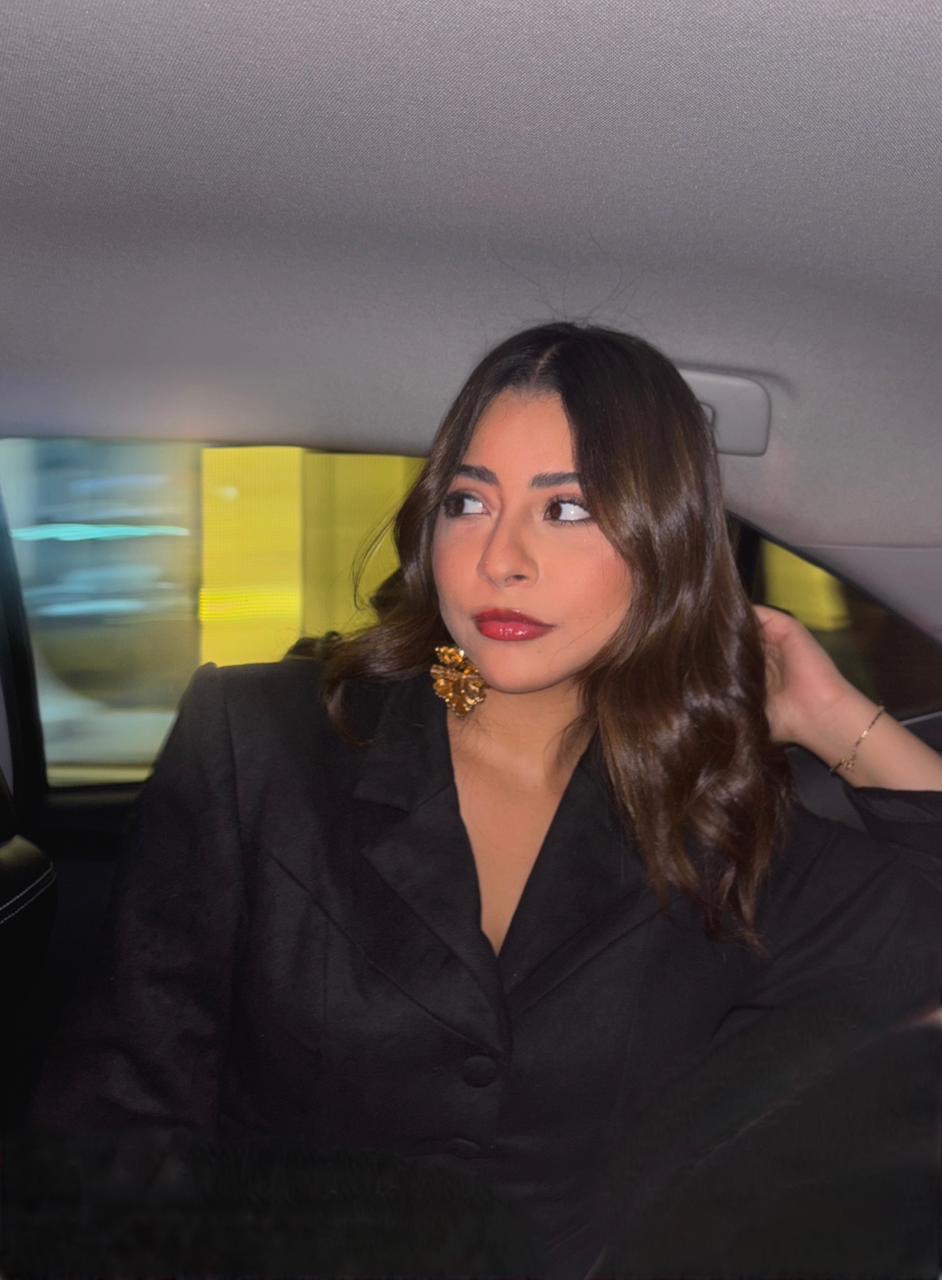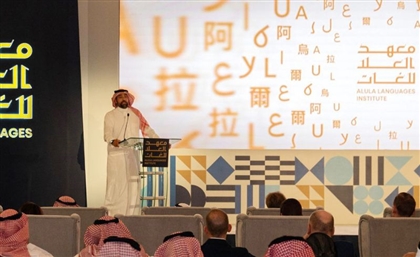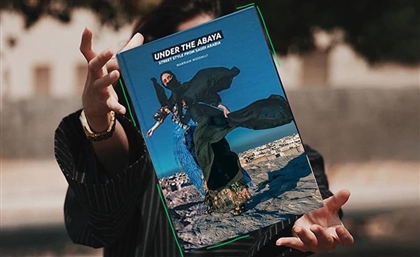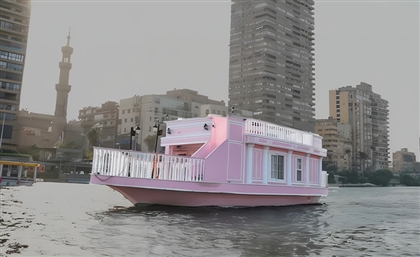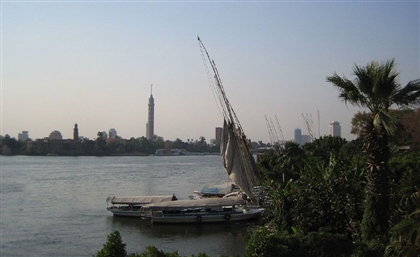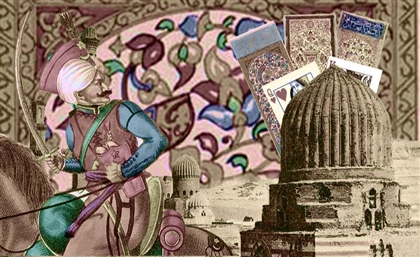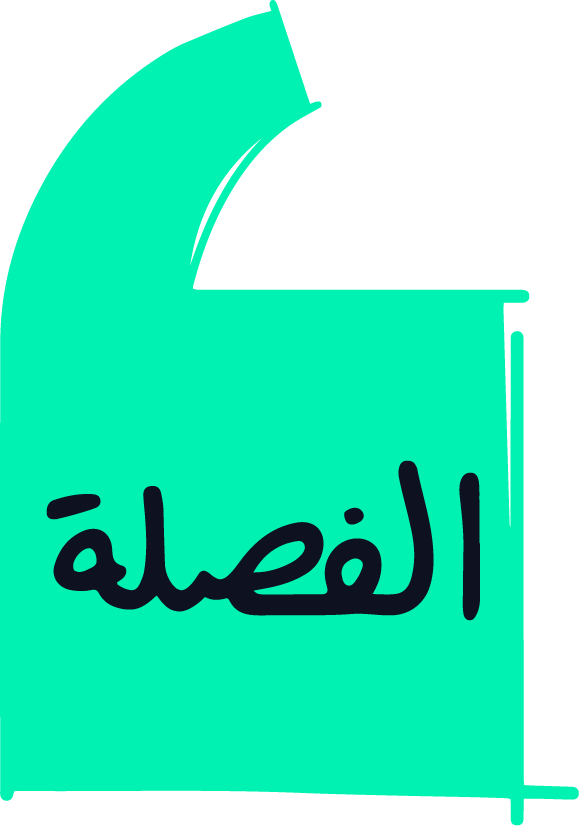The Saudi Artist Who Listens to Dust
What if the most subversive art in Saudi Arabia was the quietest? Ayman Zedani’s works are a deep commentary on nature.
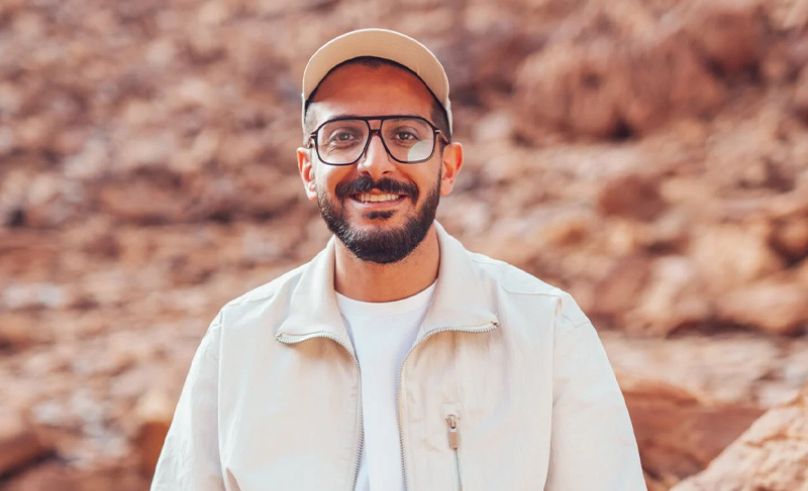
In the waning light of the AlUla desert, a solitary acacia tree stands sentinel amid ancient rock formations. From its base, vibrant synthetic tendrils unfurl, weaving through the terrain in a silent dialogue between the organic and the artificial. This is ‘The Valley of the Desert Keepers’, an installation by Saudi artist Ayman Zedani, presented at Desert X AlUla in 2022. This is Zedani's exploration of the intricate relationships between humans and the non-human world, a recurring theme in his work.
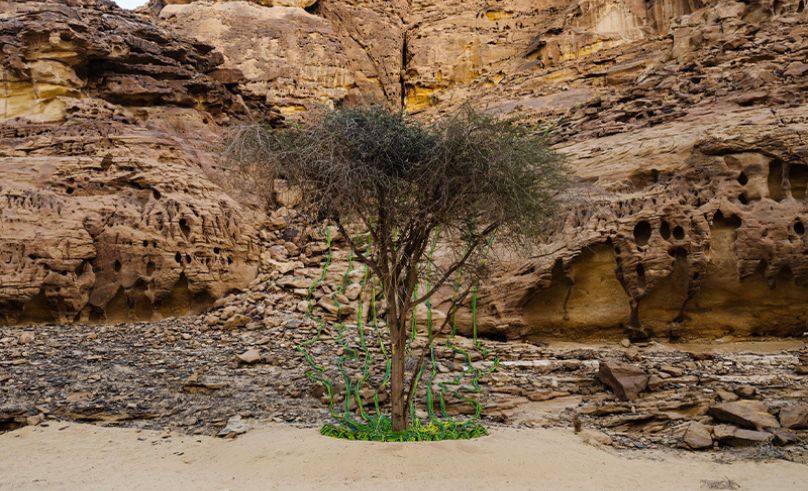 Born in 1984 in Khamis Mushait, Saudi Arabia, Zedani's early life was steeped in the natural landscapes of the Arabian Peninsula. His weekends were often spent camping in the juniper-covered mountains near Abha, where he formed a deep connection with nature. This bond was challenged upon moving to Riyadh; the starkness of the desertscape prompted a reevaluation of his relationship with the environment.
Born in 1984 in Khamis Mushait, Saudi Arabia, Zedani's early life was steeped in the natural landscapes of the Arabian Peninsula. His weekends were often spent camping in the juniper-covered mountains near Abha, where he formed a deep connection with nature. This bond was challenged upon moving to Riyadh; the starkness of the desertscape prompted a reevaluation of his relationship with the environment.
Initially pursuing a career in biomedical science in Australia, Zedani's artistic inclinations led him to explore the intersections of science, ecology, and art. His installations often serve as speculative spaces where narratives of the past, present, and future converge. By integrating elements of spiritual ecology and science fiction, he invites viewers to reconsider their place within the broader ecological system.
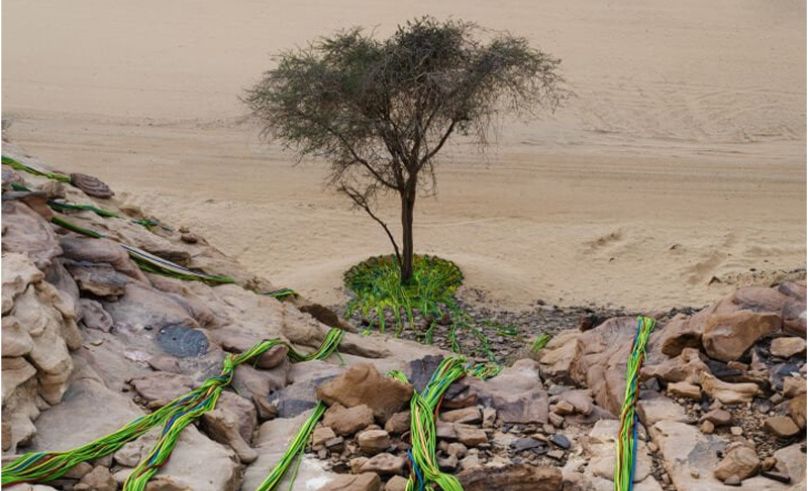 Zedani's work is characterized by its immersive quality and thematic depth. In ‘Earthseed’ (2021), a three-channel video installation, he envisions a future Gulf where humans, robots, and camels coexist, and the potential for multispecies collaboration in addressing climate change. Similarly, ‘Terrapolis’, a permanent installation at Expo 2020 Dubai, pays homage to the laborers who built the Sustainability Pavilion, embedding their names into the artwork as a testament to collective human effort.
Zedani's work is characterized by its immersive quality and thematic depth. In ‘Earthseed’ (2021), a three-channel video installation, he envisions a future Gulf where humans, robots, and camels coexist, and the potential for multispecies collaboration in addressing climate change. Similarly, ‘Terrapolis’, a permanent installation at Expo 2020 Dubai, pays homage to the laborers who built the Sustainability Pavilion, embedding their names into the artwork as a testament to collective human effort.
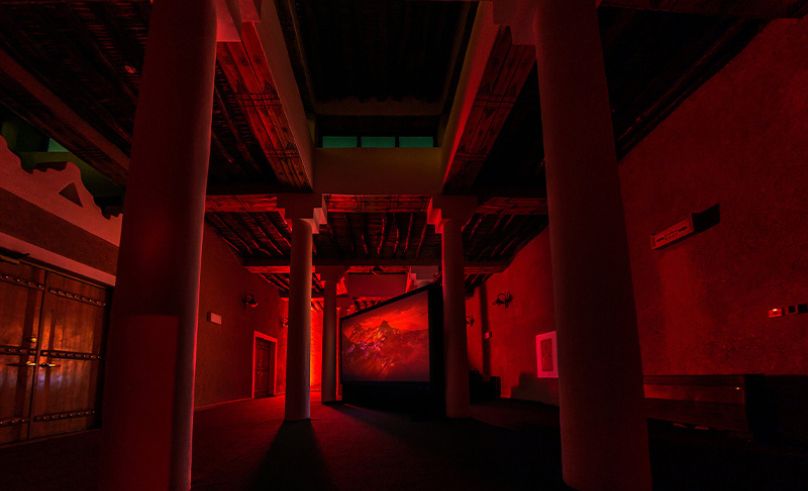 In 2024, Zedani presented To the Eagles, a lecture performance exploring the Arabian Peninsula’s layered history. Tracing a path from the Arabian Sea to the Gulf of Aqaba, it connected past projects with ongoing ecological and archaeological discoveries.
In 2024, Zedani presented To the Eagles, a lecture performance exploring the Arabian Peninsula’s layered history. Tracing a path from the Arabian Sea to the Gulf of Aqaba, it connected past projects with ongoing ecological and archaeological discoveries.
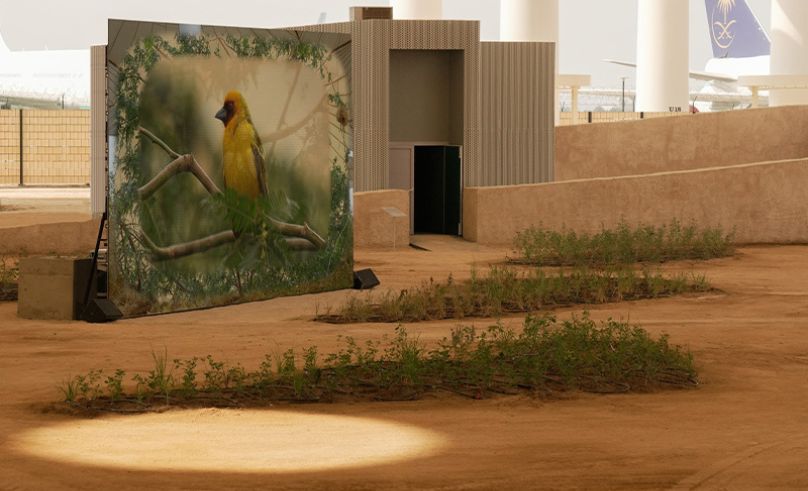 This year at SharjahBiennial16, Ayman Zedani presents the return of the old ones (2020), a film co-written with Saira Ansari. Told from the perspective of a prehistoric fungus, it blends science and fiction to explore oil’s ancient origins and violent extraction.
This year at SharjahBiennial16, Ayman Zedani presents the return of the old ones (2020), a film co-written with Saira Ansari. Told from the perspective of a prehistoric fungus, it blends science and fiction to explore oil’s ancient origins and violent extraction.
His approach is informed by new materialist philosophies, particularly the ideas of thinkers like Jane Bennett and Donna Haraway, who advocate for recognizing the agency of non-human entities. This perspective is evident in Zedani's use of materials, ranging from stone and clay to living plants and synthetic fibers, to create environments where the boundaries between the human and non-human blur.
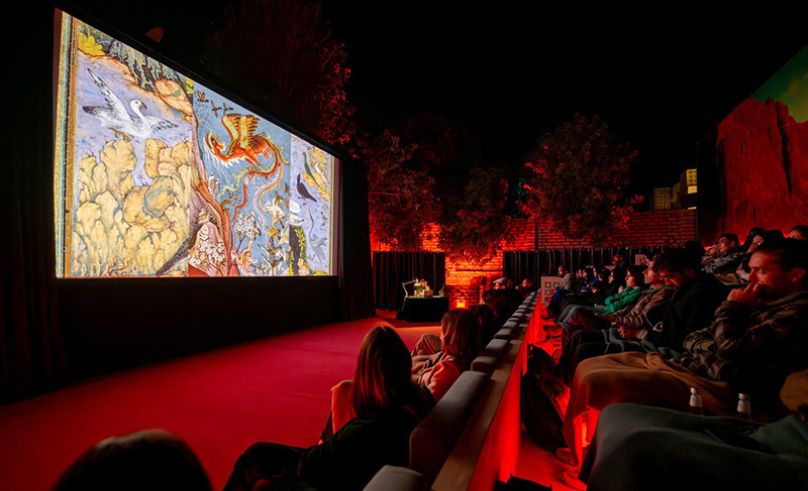 Zedani's commitment to exploring the human-nature relationship has garnered international attention. His works have been featured in prominent exhibitions, including the Sharjah Biennial, the Institut du Monde Arabe in Paris, and the Islamic Arts Biennale in Jeddah. Through these platforms, he continues to challenge audiences to reflect on their ecological footprints and the narratives that shape their understanding of the natural world.
Zedani's commitment to exploring the human-nature relationship has garnered international attention. His works have been featured in prominent exhibitions, including the Sharjah Biennial, the Institut du Monde Arabe in Paris, and the Islamic Arts Biennale in Jeddah. Through these platforms, he continues to challenge audiences to reflect on their ecological footprints and the narratives that shape their understanding of the natural world.
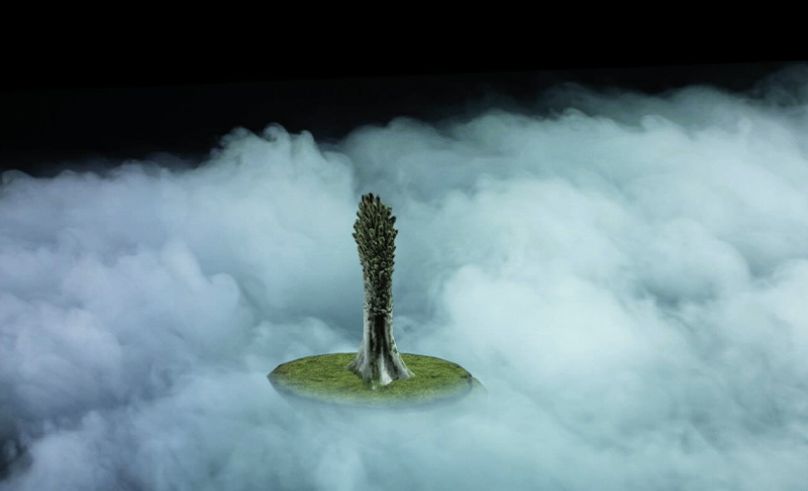 As the sun sets over AlUla, casting long shadows across ‘The Valley of the Desert Keepers’, the installation serves as a poignant reminder of the delicate balance between progress and preservation. In Zedani's vision, art becomes a medium through which new stories emerge, stories that honor the past, engage with the present, and imagine sustainable futures.
As the sun sets over AlUla, casting long shadows across ‘The Valley of the Desert Keepers’, the installation serves as a poignant reminder of the delicate balance between progress and preservation. In Zedani's vision, art becomes a medium through which new stories emerge, stories that honor the past, engage with the present, and imagine sustainable futures.







